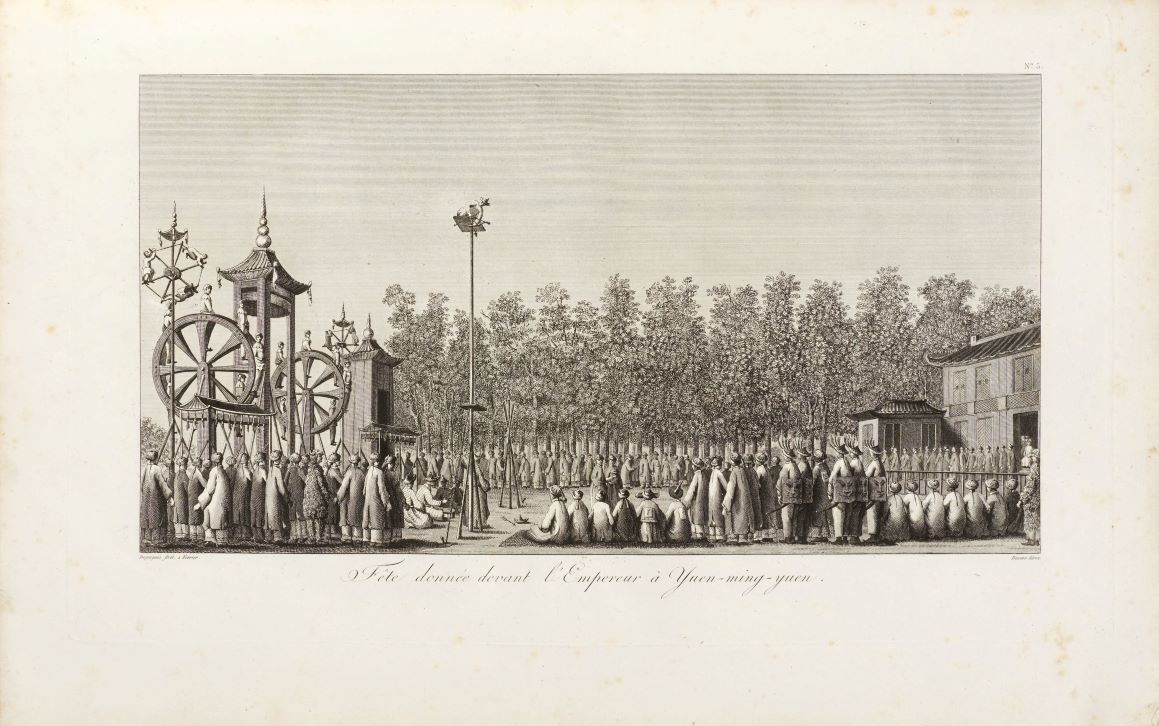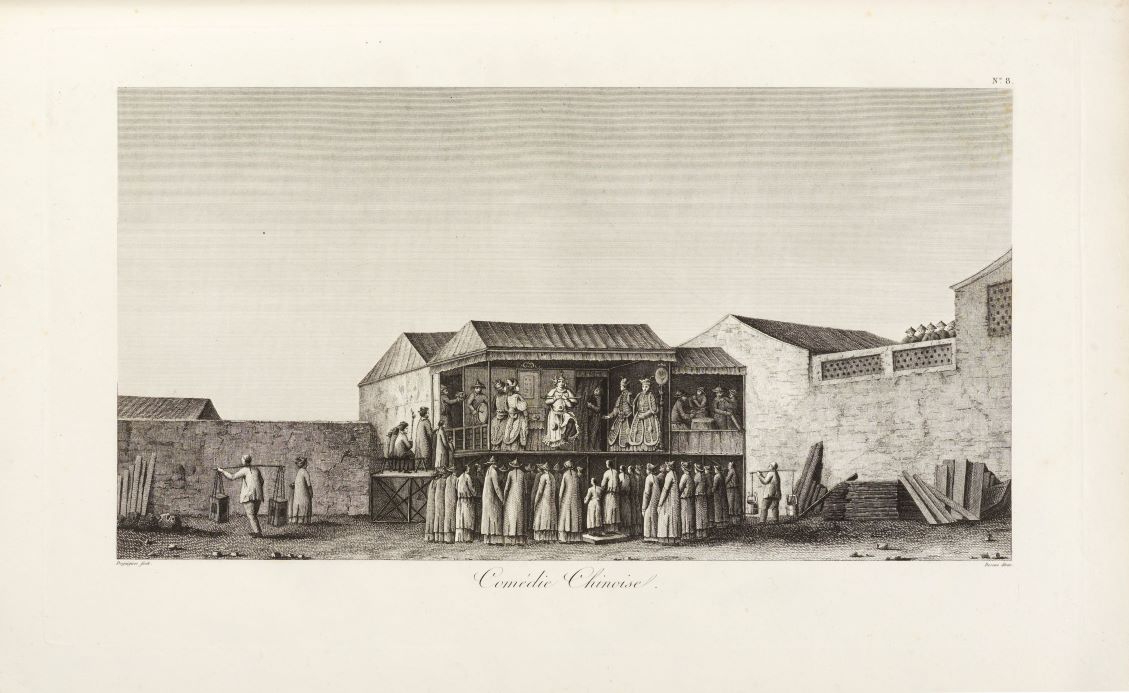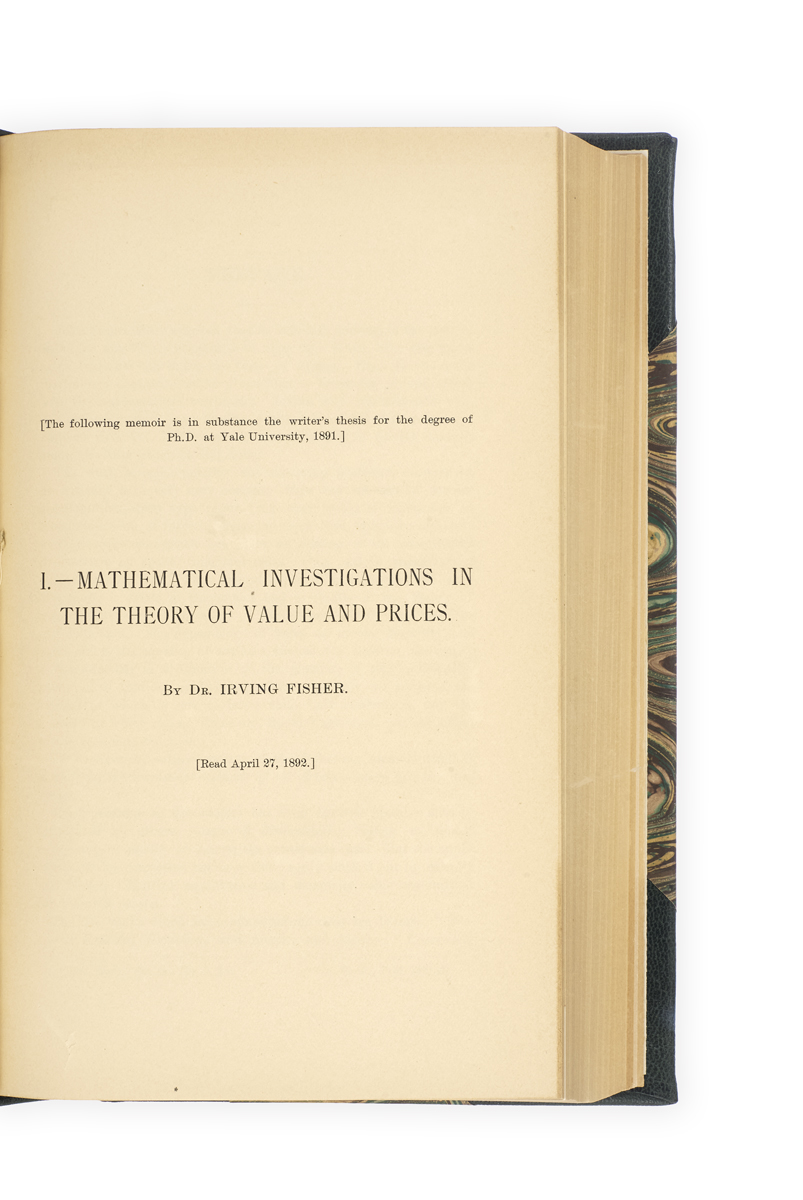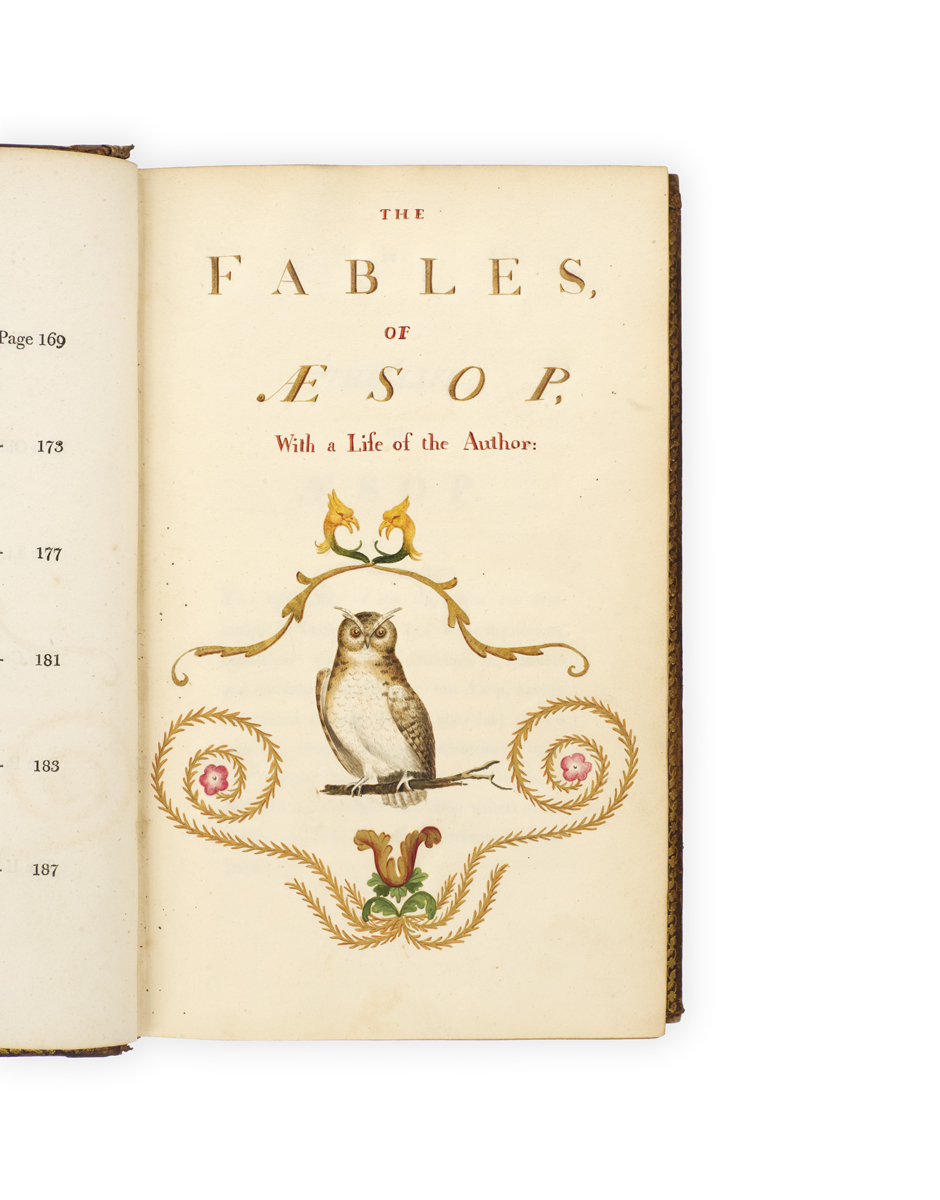

WITH A FOLIO ATLAS
GUIGNES, Chrétien-Louis-Joseph de.
Voyages à Peking, Manille et l’Île de France, faits dans l’intervalle des années 1784 à 1801 …
Paris, l’Imprimerie Impériale, 1808.
Three vols of text, 8vo, and 1 atlas vol., folio, pp. [4], lxiii, [1], 439, [1]; [4], 476; [4], 488; [4], with 28 full-page engraved illustrations, 64 half-page illustrations on 32 leaves, and 6 maps and plans (4 folding); some foxing throughout, small loss to blank foredge margin vol. I p. 383, a few pages unopened, vol. III quire X misbound, small closed tears to folding maps; a good copy, with illustrations in excellent condition and mostly retaining tissue guards; 8vo vols in later black boards, gilt-lettered red morocco lettering-pieces, folio vol. in recent black cloth; some wear to spine ends, corners, and edges of 8vo vols.

Added to your basket:
Voyages à Peking, Manille et l’Île de France, faits dans l’intervalle des années 1784 à 1801 …
First edition, the complete four-volume set, containing a survey of Chinese history and customs, a narrative of the author’s journey to Beijing as part of the Dutch East India embassy in 1794–5, and a magnificent folio atlas featuring 97 beautiful illustrations and intricate maps.
Son of the famous Orientalist and Sinologist Joseph de Guignes, Chrétien learnt Chinese from his father and first visited China as Resident of France and consul at Canton in 1784; he would go on to stay in China until 1801. This work predominantly deals with his role as interpreter to Isaac Titsingh, a senior official in the VOC who was appointed Dutch ambassador to the court of the Emperor of China for the celebrations of the Qianlong Emperor’s sixtieth jubilee in 1794. Travelling in a party of twenty-seven persons accompanied by more than three hundred porters (Titsingh himself rode not on a horse but in a sedan chair) the party braved cold and hunger to belatedly reach Beijing in January 1795. Although the party was not successful, their willingness to perform the traditional koutou earned them the favour of the Chinese hosts, unlike the unwilling British under George Macartney a few years previously.
De Guignes’ narrative is one of three major accounts of the expedition, alongside the diaries of Titsingh and of the VOC chief at Canton Andreas Everadus van Braam Houckgeest. In the first volume, de Guignes relates his journey to Beijing in 1794; in the second, he describes his return journey, commencing in February 1795; and in the third, he narrates his journey to the Philippines and his return to Europe. A learned scholar who was a correspondent for both the Académie des Sciences and the Académie des Inscriptions et des Belles-Lettres while in China and who was later commissioned to write a Chinese-Latin-French dictionary by Napoleon himself, de Guignes not only includes in his account useful information on Chinese politics and western diplomacy but also includes detailed notes on Chinese history and customs: the first volume contains a chronological table of Chinese kings beginning with the mythical Fohi (2953 BC) as well as a history of ancient China, while de Guignes’ ‘Observations’ on China and the Philippines span both the second and third volumes.
Of particular interest and value is the fourth volume, in folio, which contains 97 copper engravings, including three folding maps depicting eastern China and Macao, a number of smaller maps and plans, and detailed illustrations depicting landscapes, architecture, and daily Chinese life. Although designed by de Guignes himself, the etchings are the work of the illustrator Jacques Eustache de Sève. According to the description of plate I, the Atlas was printed by the Paris-based firm of Villain.
Brunet II, col. 568; Cordier, Sinica 2351-2; Hill 733; Löwendahl 738; Lust 336.

